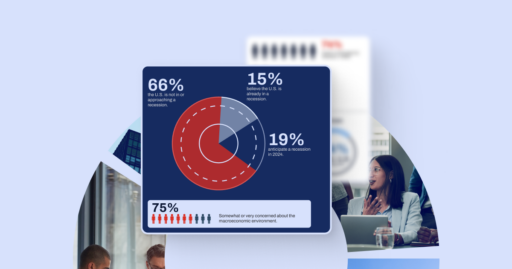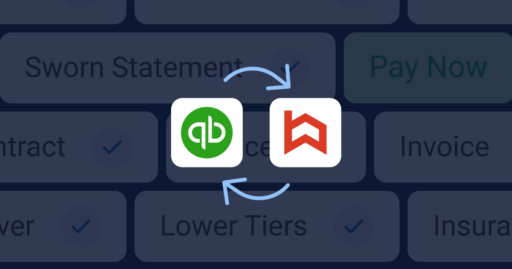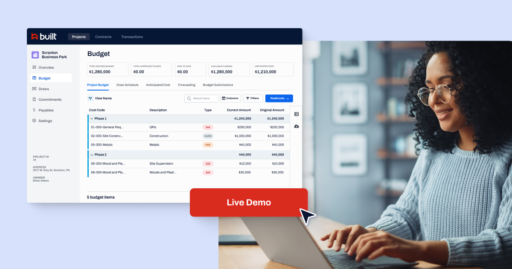How to Use Job Cost Reports to Determine What to Bill Your Customer

Knowing how much to bill on a construction project can be difficult to figure out. You want to ensure that you bill enough to cover your costs and make a reasonable profit. How do you do that?
Job cost reports are excellent tools to help you determine how much to bill. They give you an accurate picture of what the project costs are to date, and you can use that information to calculate what you should bill. There is also the added benefit that you won’t be penalized down the line if your company recognizes income based on completion percentage.
There are generally three types of pricing and billing structures for construction projects: percent complete, time and materials, and cost-plus. Percent complete billings are based on the percentage of the work that has been completed up to that point. Time and materials projects bill only for actual labor time and materials costs that have been performed during the billing period, plus a mark-up. Cost-plus billings are similar to time and materials, but the mark-up structure looks different.
Billing a Percent Complete Project
Generally, percent complete is the most accurate way to bill a project. Costs and revenues are recognized based on the percentage of the project that has been completed during the billing period. This method ensures that the overhead and profit amounts are spread evenly throughout the project. In addition, many companies’ overall income calculations are based on this method, so billing this way makes the most sense.
The job cost reports you’ll need for this type of billing are an estimate vs actual cost comparison and a contract summary showing the original contract amount and any approved change orders to date.
To calculate the amount to bill, start by comparing the total costs to date with the estimated costs for the whole project, dividing the costs to date into total costs. This will give you the percentage of completion. For example, if a project has $10,000 in costs and it is supposed to cost $100,000 for the whole project, the project is 10% complete at this time.
Next multiply the percent complete by the total contract amount. This is the completed contract to date. Subtract any previous invoices for the project, and you have the amount that needs to be billed for this period. If the total contract on a project is $150,000 and the project is 10% complete, the total amount billed should be $15,000. If the previously billed amount was $6,000, then this invoice should be for $9,000.
This method can be used to analyze a project as a whole or individual phases within the project. For example, you could determine the percent complete for electrical work, multiply it by the contract amount for that scope of work, and get the amount that should be billed for that portion of the project.
The good thing about this method of billing is that it avoids over and under billing, which can affect your bottom line. If you stick with percent complete billing on all your projects and bill according to the percentage of costs, your income adjustments won’t affect your overall profits.
Time and Materials Billings
If your project is based on time and materials, the contract will specify the labor billing rates, material mark-up percentage, and may also include an overhead and profit percentage. All of these rates and mark-ups are added on to the actual costs incurred to complete the work.
You’ll need to pull a detailed job cost transaction report for the project so you can see all the costs that were allocated to it. You may be able to use a summary report that gives totals by cost type (labor – including hours, materials, and other) if your customer isn’t requiring a detailed breakdown.
The calculations for this type of billing are fairly straightforward. You take the labor hours worked during the period and multiply it by the contract labor rate to get the total labor billing. For material and equipment costs, you add them up and multiply them by the mark-up percentage in the contract. Overhead and profit is calculated as a percent mark-up on the total of the labor and materials billed amounts.
For a simple example, say you have a job that took 100 man hours and used $2,000 in materials. The labor billing would be found by multiplying 100 times the hourly rate (say $65), for a total of $6,500. If materials are subject to a 10% mark-up, then the billed amount for them would be $2,200. Add 15% of the total for overhead and profit [($6,500+$2,200)x10%] at $870, and the total invoice would be $9,570 [$6,500+$2,200+$870].
These jobs are nice because you know you’ll make a profit on the job no matter how much you spend or how long it takes. Some customers may request a more detailed breakdown with jobs like these so they can verify that the expenses are legitimate, so be prepared to provide backup documentation.
Billing Cost-Plus Projects
Cost-plus projects allow you to bill for any costs that come in plus a stipulated fee. They are beneficial because, like time and materials projects, you know your costs will be covered. However, markup and overhead and profit are capped, so there isn’t a way to make any additional money unless the contract stipulates otherwise.
For this type of project, you will need a summary report of job costs for the period. You will be able to bill for those costs, plus a portion of the project fee. The fee will depend on the portion of the project that has been completed and is billed on a percent complete basis.
Let’s say you were working on a cost-plus project with a project fee (overhead and profit) of $100,000, the costs to date were $75,000, and the project was 10% complete. You could bill for the $75,000 in costs, plus $10,000 for the fee, for a total of $85,000.
Finally
Using job cost reports to determine how much to bill your customer is the most accurate way to bill a project. As long as the costs are accurate and have all been accounted for, you know you will be able to cover your job costs and make a profit too.
Since many construction companies recognize project revenue based on the percentage complete model, using this method to bill your projects will keep you from taking a revenue hit for overbilling. Time and materials projects present the best chance of making money, as they aren’t dependent on keeping costs low. Cost-plus contracts are also good because you know your profit ahead of time, but unless the contract allows for additional fees with additional work, there is no way to make more money.







